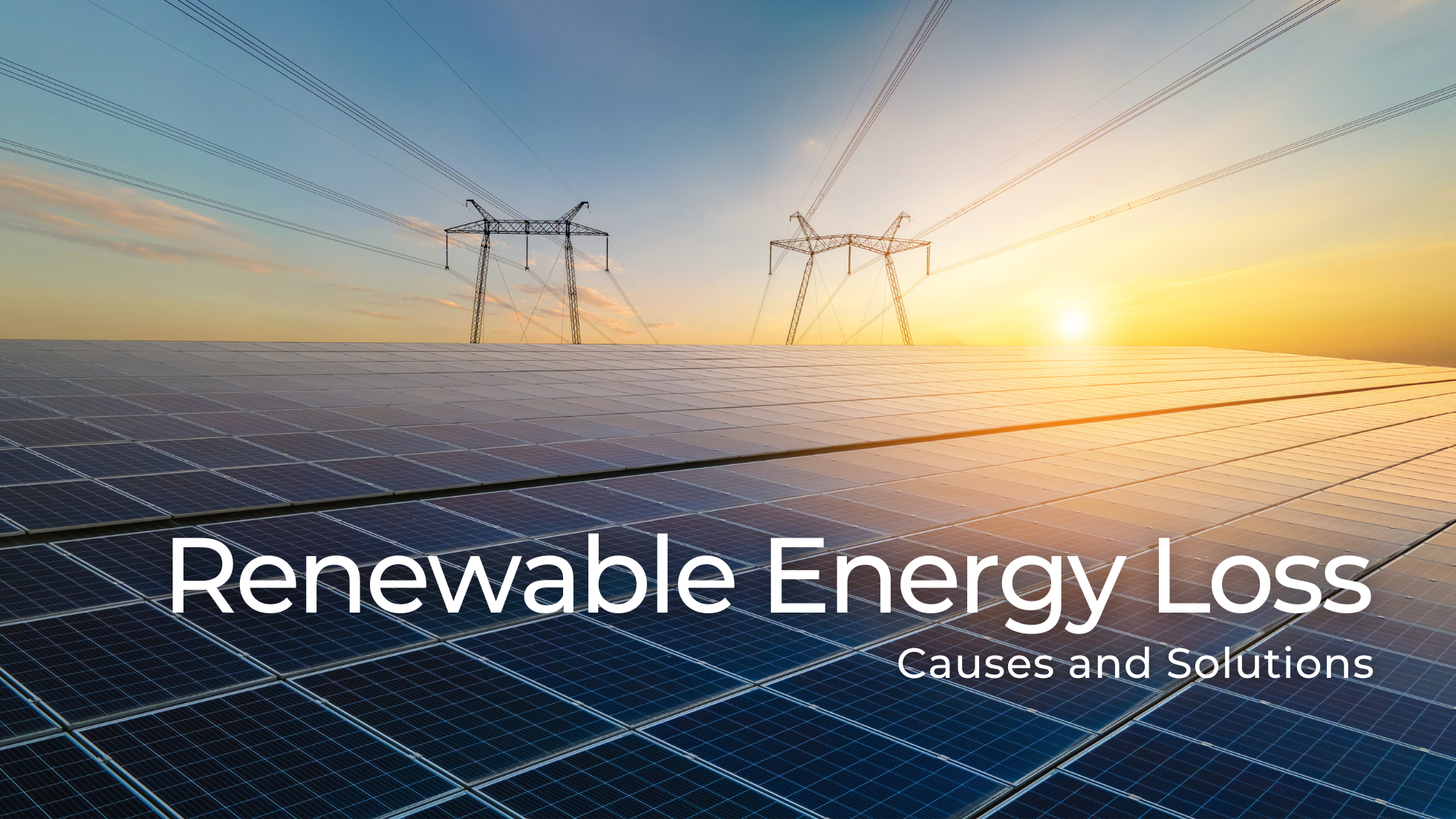Constructing Data Centers that Power Artificial Intelligence (AI) Learn More
Renewable Energy Loss: Causes and Solutions

While renewable energy sources are gaining importance in the power industry, clean energy still faces challenges. One of the primary drawbacks is its intermittent nature, which can result in energy loss. Energy sources like solar panels and wind turbines don’t always operate at full capacity due to several factors, including:
- Weather dependency – Solar panels only generate electricity when the sun is shining, and wind turbines require wind to produce power. Periods of low sunlight or wind lead to reduced energy output.
- Equipment inefficiencies – Solar panels and wind turbines may have technical issues that cause energy loss. Soiling of photovoltaic panels, panel degradation (1 percent occurs annually), and improper design can all be contributing factors.
- Transmission losses – Energy is lost when it is transported across long distances from the generation site to the consumer, primarily due to resistance in power lines. (This makes the case for distributed generation (DG)—the process of generating electricity at or near where it will be used, rather than from a centralized power plant.).
Mitigating renewable energy loss
The integration of battery energy storage systems (BESS) into clean energy infrastructure can help address the challenges posed by renewable energy loss. BESS are devices that capture excess renewable energy and store it for later use, discharging the power back to the grid at times of high demand to reduce waste. The use of microgrids (also known as smart grids) is another way to prevent renewable energy waste.
These small-scale energy systems store and distribute energy independently from the main grid. Microgrids allow large commercial buildings, residential communities, industrial facilities, municipalities, and critical infrastructures such as hospitals and transportation hubs to generate and store energy locally so these entities aren’t totally dependent on the main grid for power. Through intelligent load management, made possible by IoT, AI and automation, microgrids predict demand and manage energy flow. This helps to reduce energy loss by optimizing energy distribution, ensuring that energy is used where and when it’s needed most.
Through the use of battery storage, energy-efficient equipment and energy management systems, optimized with the most advanced technology, the power industry and business enterprises can reduce energy loss, maximize their sustainability efforts and reduce costs.
Current renewable energy conservation initiatives
BEI has recently been selected for several new projects that will contribute significantly to the preservation of renewable energy in California, including solar + BESS installations. “We recently completed major microgrid projects in Milpitas and in other key California locations, and we have several more in progress, partnering with major renewable energy companies,” says David Zetterlund, BEI General Manager.
“Our end-to-end engineering and construction services—and extensive experience in renewable energy infrastructure—make us particularly well-suited to these projects and keenly aware of the importance of conserving valuable renewable energy,” he adds. “California’s clean energy future depends on the ability to use and preserve energy as efficiently as possible.”